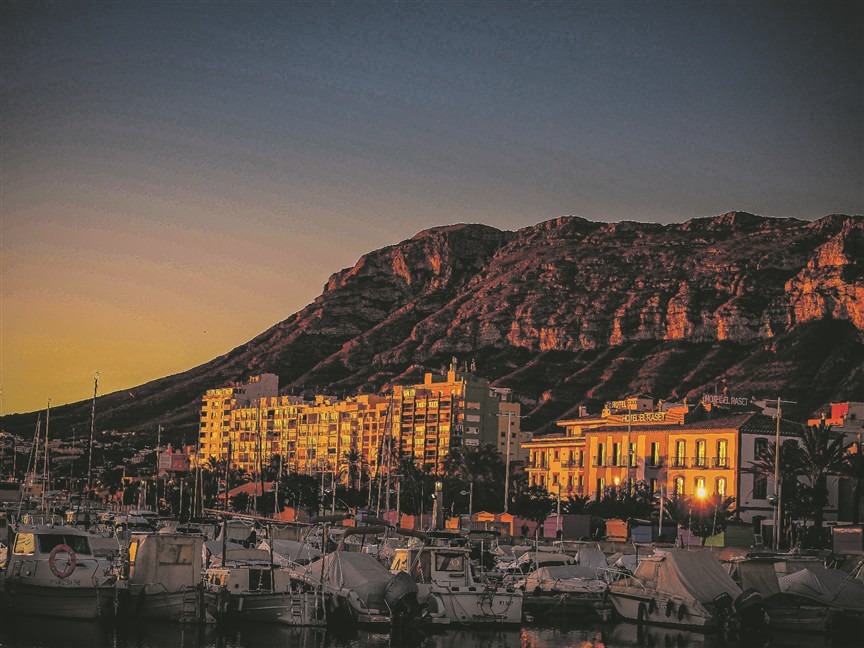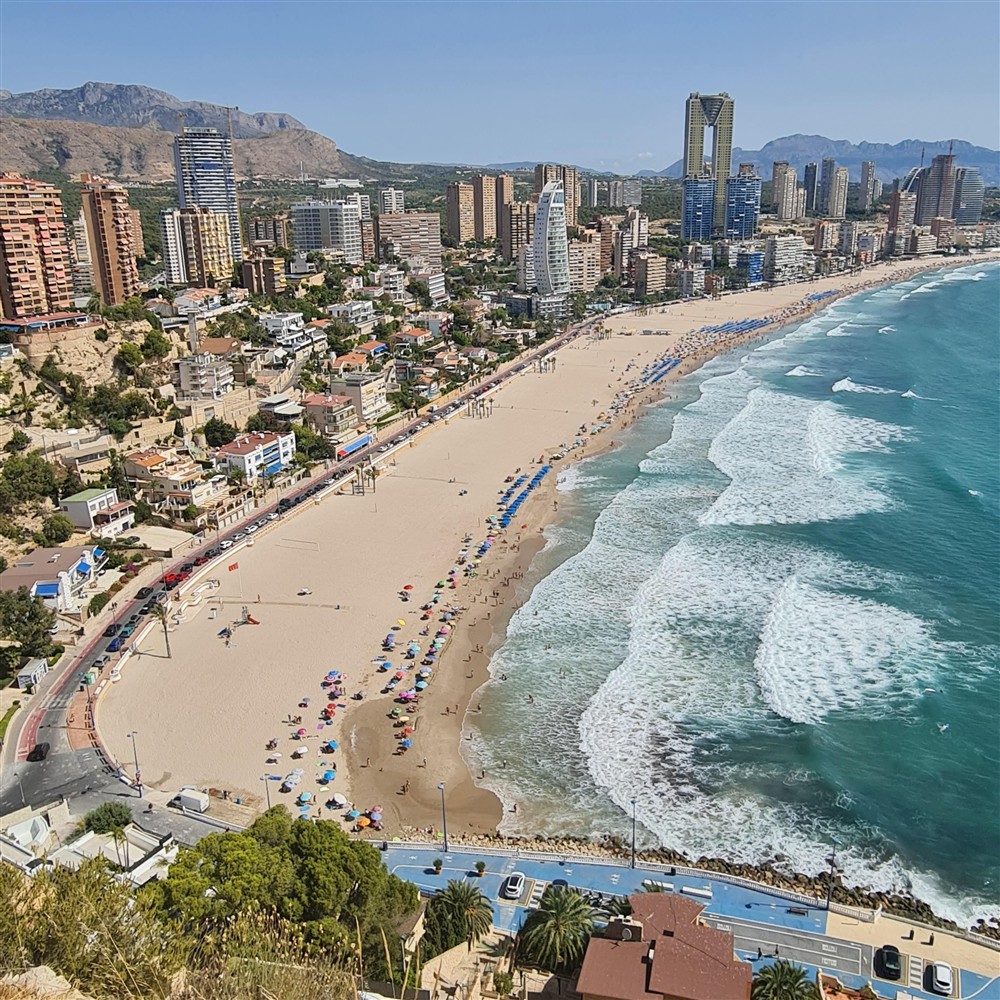
Dénia - the city between sea, Montgó and history
Dénia - the city between the sea, Montgó and history History, harbour life and everyday Mediterranean life - why Dénia is more than just a city.


Anyone who visits La Nucía quickly realises that this place is more than just a white spot between Benidorm and Altea. Stories from centuries, a rapidly growing population, international influences - and a vision that aims to make La Nucía the sports city of Spain - are condensed into just under 21 square kilometres.
From Arab „Naziha“ to self-confident community
The origin of the name goes back to Arabic: „Naziha“ means „delicious“. It was not until 1705 that La Nucía separated from the barony of Polop and wrote its own history. For generations, the people lived from almonds, olives and citrus fruits. Traces of this time can still be found today in the narrow alleyways of the old town or at the covered wash house from the 1920s.
Growth that surprises
At the beginning of the 1980s, La Nucía had barely 3,500 inhabitants. Today there are almost 19,000 - a third of whom come from abroad. Dutch, Belgians, Scandinavians: they have turned the municipality into a melting pot where almost as many languages are spoken at the Sunday morning market as goods on offer.
Roxana and the tears of Favara
But La Nucía is not just statistics. It is the stories that bring the place to life. One of them tells of Roxana, the daughter of a ruler, who fled for love and was turned to stone by a priestess. Her tears, it is said, still flow - as the source of the Font de la Favara. Anyone sitting there today will hear the roar of the waterfall and understand why this legend has been passed on for centuries.
Culture meets modernity
La Nucía recognised early on that tradition alone is not enough. In 2007, the Auditorio del Mediterráneo was created as a cultural centre that brings concerts, dance and exhibitions together under one roof. At the Captivador, an environmental education centre surrounded by Mediterranean vegetation, nature and sustainability are given top priority.
Sports community with Olympic stadium
The new beginning is particularly visible in sport. The „Ciudad Deportiva Camilo Cano“ is considered one of the most modern facilities in Spain. Over 60 sports facilities, training centres, even an Olympic stadium - professionals, young athletes and recreational athletes alike compete here. This is extraordinary for a municipality of this size and one reason why La Nucía has long been making headlines across the region.
Between celebration and everyday life
Nevertheless, the calendar remains firmly anchored in tradition. In mid-August, the inhabitants honour their patron saints Virgen de la Asunción and San Roque, in spring San Vicente Ferrer in the Captivador. In July, the „Carta Puebla“ commemorates the historic detachment from Polop - accompanied by a medieval market that fills the alleyways.
A flavour of La Nucía
In culinary terms, the municipality is down-to-earth. Arroz cocido, black pudding with onions or corn cakes are just as much a part of it as sweet pastissets made from almonds or sweet potatoes. And if you take a walk through the orchards in spring, you can't miss the golden yellow nísperos - they are perhaps the sweetest symbol of La Nucía.
La Nucía is a place of contrasts: established traditions next to modern sports architecture, international immigration next to old legends, market hustle and bustle next to quiet natural spaces. Perhaps this tension is what makes it so appealing - and explains why the municipality in the hinterland of the Marina Baixa has been growing for years and is constantly reinventing itself.
▶ Population: approx. 19,000
▶ Proportion of foreigners: around 32%
▶ Area: 21.3 km²
▶ Landmarks: Font de la Favara & historic Lavadero
▶ Special features: „Ciudad Deportiva Camilo Cano“ with Olympic stadium, Captivador environmental centre
Fiestas: Virgen de la Asunción & San Roque (August), San Vicente Ferrer (spring), San Rafael (November), Carta Puebla (9 July)
▶ Culinary delights: Arroz cocido, black pudding with onions, nísperos, pastissets
▶ Weekly market: every Sunday (Plaza de las Nits)

Dénia - the city between the sea, Montgó and history History, harbour life and everyday Mediterranean life - why Dénia is more than just a city.

Moraira - Where the fishing spirit quietly lives on A watchtower, a harbour, a village feeling: how Moraira preserves its origins and yet

Benidorm - where history meets skyscrapers 700 years, two beaches, millions of visitors: how the former fishing village has developed into a vertical